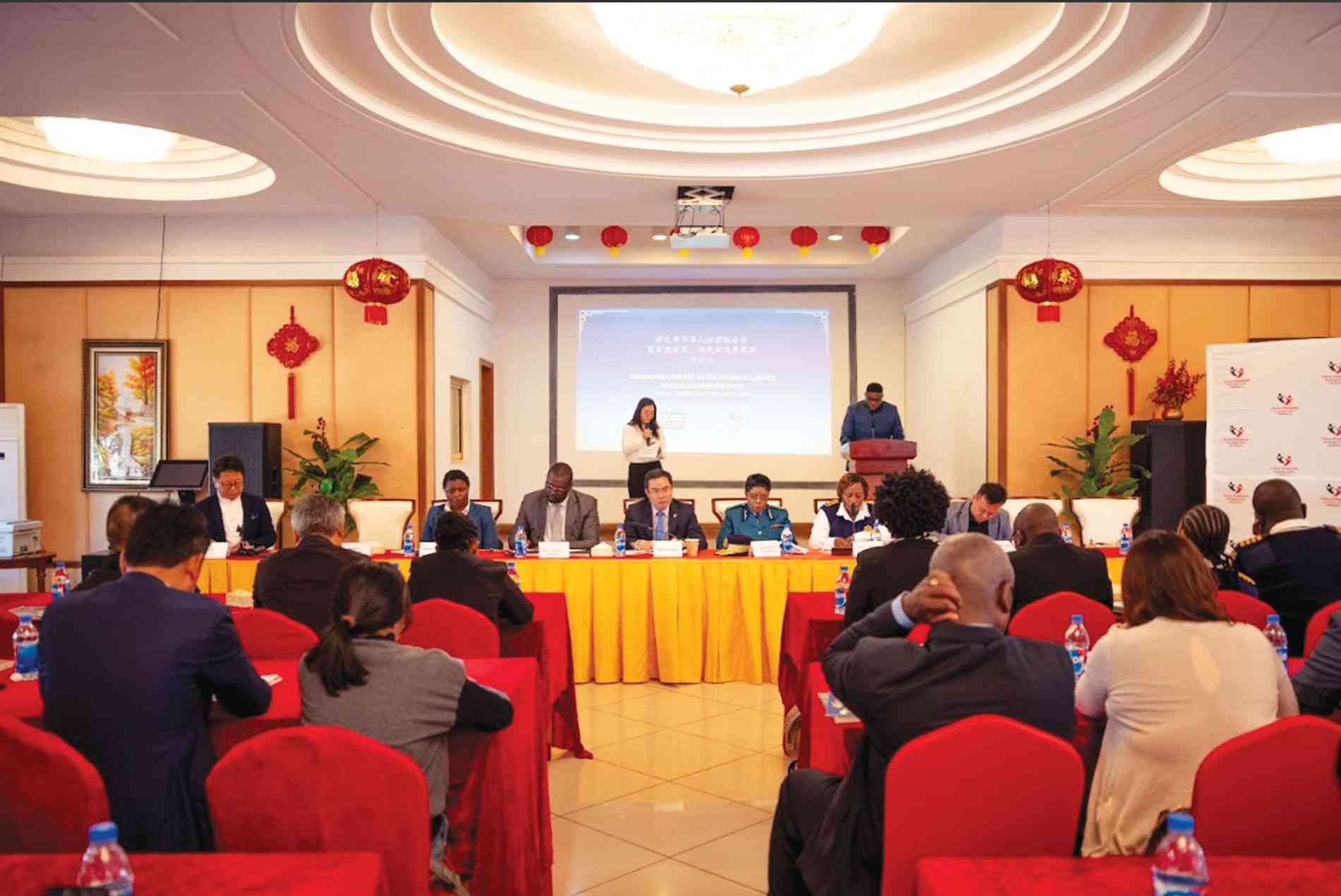
IN recent years, Zimbabwe has witnessed rapid transformation in its diplomatic, economic and cultural relations with China, a development broadly termed the China Corridor.
This partnership has reshaped the country’s trajectory not only through infrastructural and economic investments but also via a surge in arts, educational and cultural exchanges that are redefining Zimbabwe’s social environment.
One of the most visible footprints of this evolving relationship is in the arts and culture sector, particularly in music and film.
Chinese martial arts classics such as Shaolin Temple, Come Drink with Me and Dragon Inn have become popular fixtures during film festivals and cultural events across Zimbabwe.
These screenings are more than mere entertainment; they foster cross-cultural appreciation and ignite conversations among Zimbabwean filmmakers and artists around storytelling techniques, cinematography and martial arts choreography.
This exchange offers Zimbabwean artists inspiration to explore collaborations or narratives that merge traditional African folklore with Eastern philosophies and aesthetics.
On the music scene, Zimbabwean artistes like Mwenje Matole, Nyasha David and Fusion 5 Mangwiro are increasingly engaging in cross-cultural collaborations, infusing Chinese instruments and scales with local rhythms. These creative explorations are gaining momentum through workshops and cultural exchange programmes facilitated by Chinese cultural centres and embassies. Yet, access to instruments remains a challenge for many local musicians. Donations and institutional partnerships are slowly bridging this gap, empowering grassroots musical talent to flourish through exposure and exchange.
Education stands at the heart of the China Corridor’s long-term strategy. Through the Confucius Institute at the University of Zimbabwe, young Zimbabweans have gained access to Mandarin language instruction, cultural history and scholarship opportunities. This initiative, launched in 2007, has matured into a hub of Sino-Zimbabwe academic diplomacy, offering not just language lessons but also hosting celebratory events like Chinese New Year and Golden Week festivals, now staple experiences on Zimbabwe’s cultural calendar.
- Mavhunga puts DeMbare into Chibuku quarterfinals
- The brains behind Matavire’s immortalisation
- Bulls to charge into Zimbabwe gold stocks
- Ndiraya concerned as goals dry up
Keep Reading
Beyond language, the China-Zimbabwe Scholarship Friendly Programme has opened doors for students to pursue degrees in agriculture, engineering and medicine in Chinese universities. These scholarships not only build individual capacity, but also build a new generation of Zimbabwean professionals trained in diverse international standards, many of whom return home with both technical skills and a broadened worldview.
In media and journalism, exchange programmes have brought Zimbabwean journalists to China for specialised training in media ethics, digital innovation and cross-border reporting. These opportunities have cultivated a generation of media professionals capable of reporting Zimbabwe’s development narratives from a more global, balanced perspective. Twenty-two senior journalists from several media houses in Zimbabwe are in Changsha, Hunan province, for a media seminar.
The demand for peace and global solidarity has also been a cornerstone of China’s diplomatic engagement with Zimbabwe. China has taken a firm stance against sanctions on Zimbabwe, advocating for sovereignty, respect and dialogue. At events like the Zimbabwe International Trade Fair (ZITF), Chinese ambassador Zhou Ding has reiterated Beijing’s commitment to supporting Zimbabwe’s modernisation, despite geo-political tensions. Such declarations go beyond politics; they echo in the cultural realm, where peace and unity underpin international arts diplomacy.
The Chinese Business Pavilion at ZITF 2024 and ZITF 2025, respectively, illustrated this commitment in tangible ways. With over 30 Chinese companies participating, double the number in the previous year, the event demonstrated China’s growing involvement in local industries, including renewable energy, ICT, manufacturing, and traditional medicine. Significantly, around 70% of these companies now produce their goods within Zimbabwe, emphasising local employment and skills transfer. Exhibits featuring traditional Chinese medicine, such as acupuncture and herbal remedies, added a layer of cultural depth to the trade-focused event, reinforcing the soft power component of China’s presence.
Economically, trade between the two nations reached US$3,12 billion in 2023, a 29,9% increase from the previous year. This surge is not just about goods and services; it represents the growing integration of the Zimbabwean economy into a broader global framework where cultural diplomacy is as vital as infrastructural development, according to experts. A roundtable discussion organised by the China Zimbabwe Exchange Centre and the Southern African Research Development Centre, which was recently held at the Golden Peacock in Harare, resolved to solidify keynotes and deliberations by key presenters on enhancing investment efficiency and transparency, smooth immigration procedures and permit acquisition including monitoring safety and limiting crime.
China Corridor is not simply a geopolitical arrangement; it is a human bridge connecting people through education, film, music, cultural festivals and artistic collaborations.
It has brought a renewed sense of global belonging to Zimbabwe’s youth, artists and professionals, while underscoring the importance of peace, mutual respect, and shared development.
In the arts and beyond, the corridor continues to inspire a future that is not only economically stronger but also creatively richer and socially cohesive.







